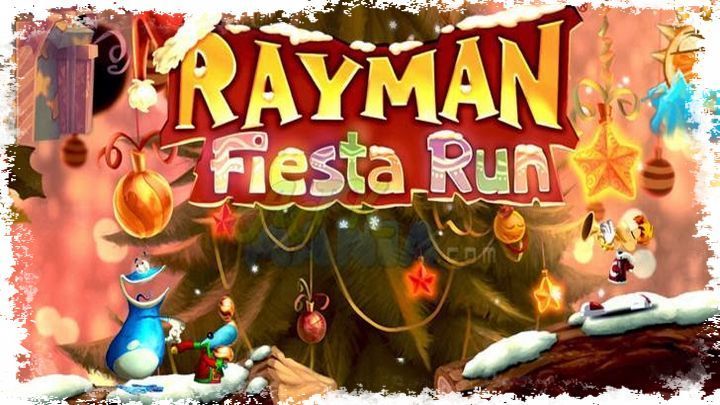
Unlike Jungle Run, there are no hearts to be found in the stages of this game, so you’re always going to be a one-hit wonder by default. One of the major new additions for this sequel is optional power-ups. Of course, if you want to unlock every level, you’re going to need to clear everything completely, so don’t think the game is going any easier on you. It’s a bit more flexible for the player, which is always a good thing. I like this system because if it happens that you’re really stuck on a level, you can still progress by going back and mastering previous levels. Each rescued Teensie unlocks one node, with new levels opening up every few spaces. Instead of having to beat a level to unlock the following one, the levels here are laid out on a map with nodes. The system of progression is a bit different, too. One cannot fault Jungle Run for having so many jungle levels, it is the title of the game, after all, but Fiesta Run goes right for the abstract and it’s more interesting for it. The theme of the visuals helps differentiate the game, as well. The environments have a lot more detail to them, with extensive use of transparencies, layers, and lighting effects. Jungle Run was no slouch in that department, with crisp, colorful, high resolution graphics, but Fiesta Run brings things to a whole new level. The most noticeable change is that this game is somehow even more beautiful. Every so often, you’ll unlock a new character or a new power, but the goal remains the same: collect Lums, free Teensies, unlock new stages, rinse and repeat. All you need to know is that you have to rescue Teensies to open up levels, and to rescue Teensies, you have to run through each stage, trying to collect all of the Lums. The story seems to loosely mirror that of the console title Rayman Legends, because you’re rescuing Teensies this time instead of Lums, but it’s hard to tell because the game doesn’t really concern itself with a story. Rayman Fiesta Run ($2.99) isn’t doing a whole lot different from its predecessor, but when it’s this good, it’s hard to complain.

So how do you follow that up? With a powerful extra helping of the same, it seems. It took console big brother Rayman Origins and distilled it down into its purest gaming form. The graphics were gorgeous, the music was infectious, the controls felt good, and the challenge offered something for players of all skill levels. Rayman Jungle Run ($2.99) turned a lot of heads when it hit the App Store, and it’s not hard to see why.


 0 kommentar(er)
0 kommentar(er)
